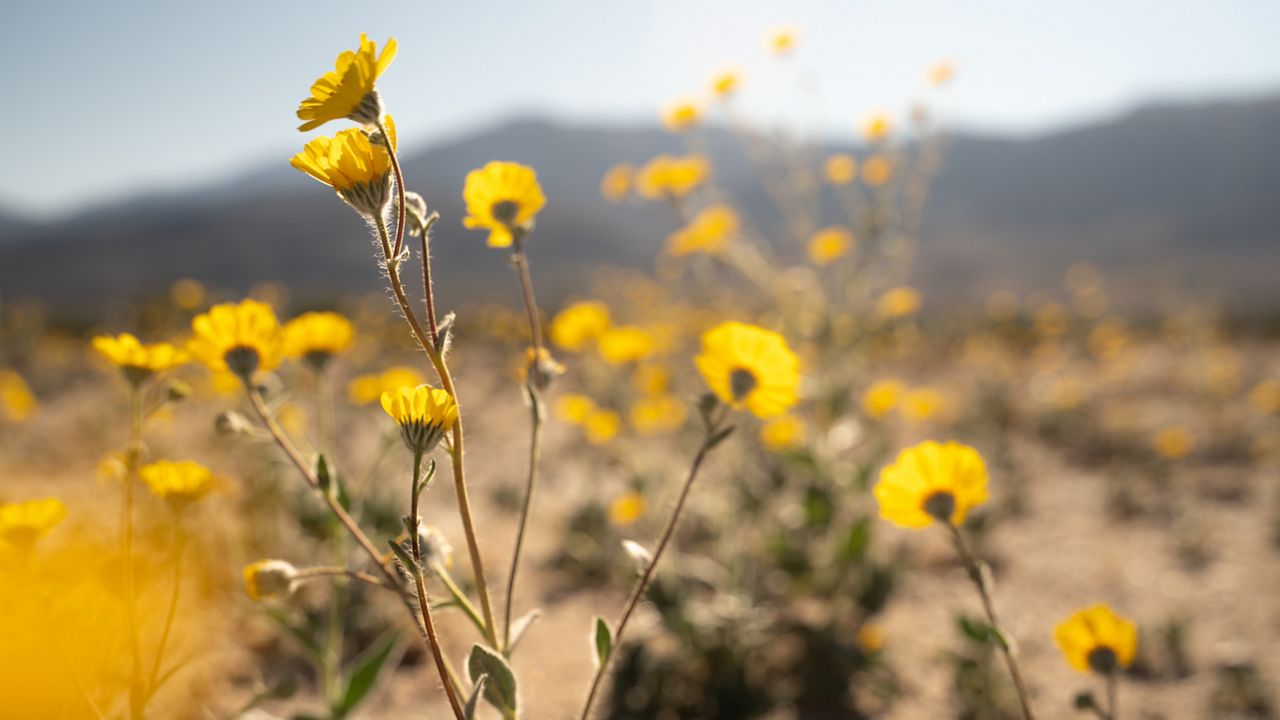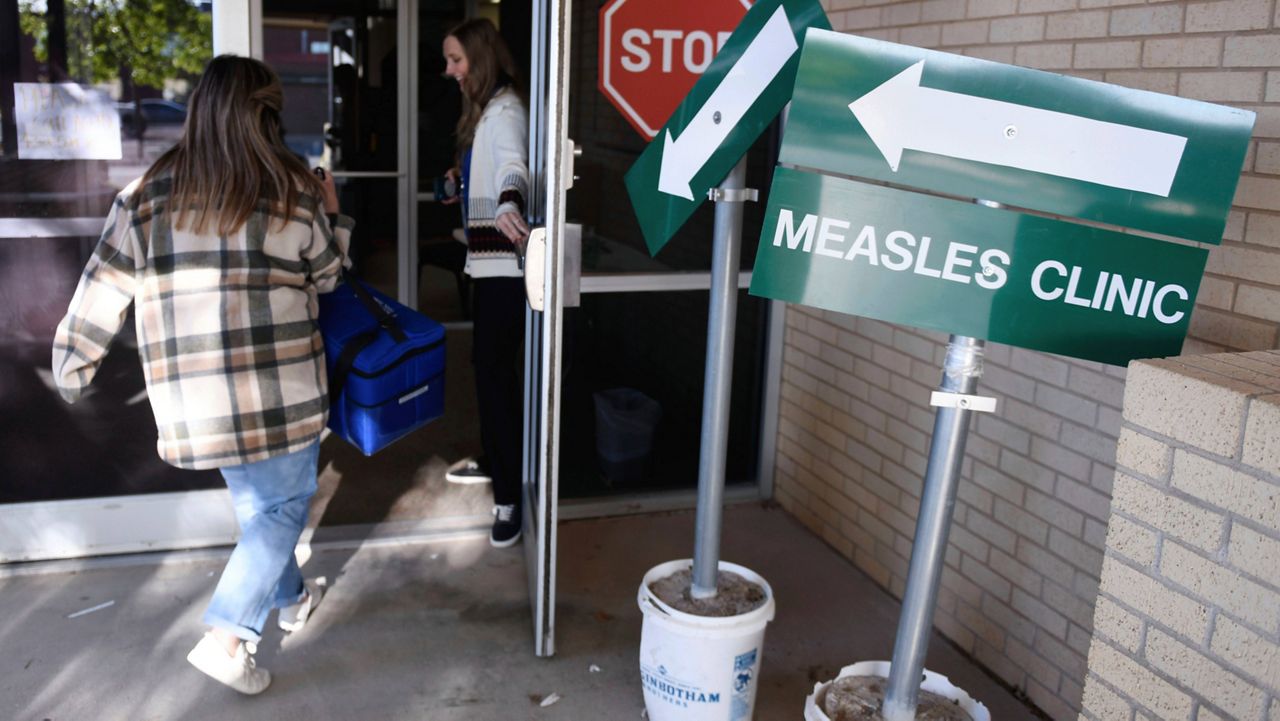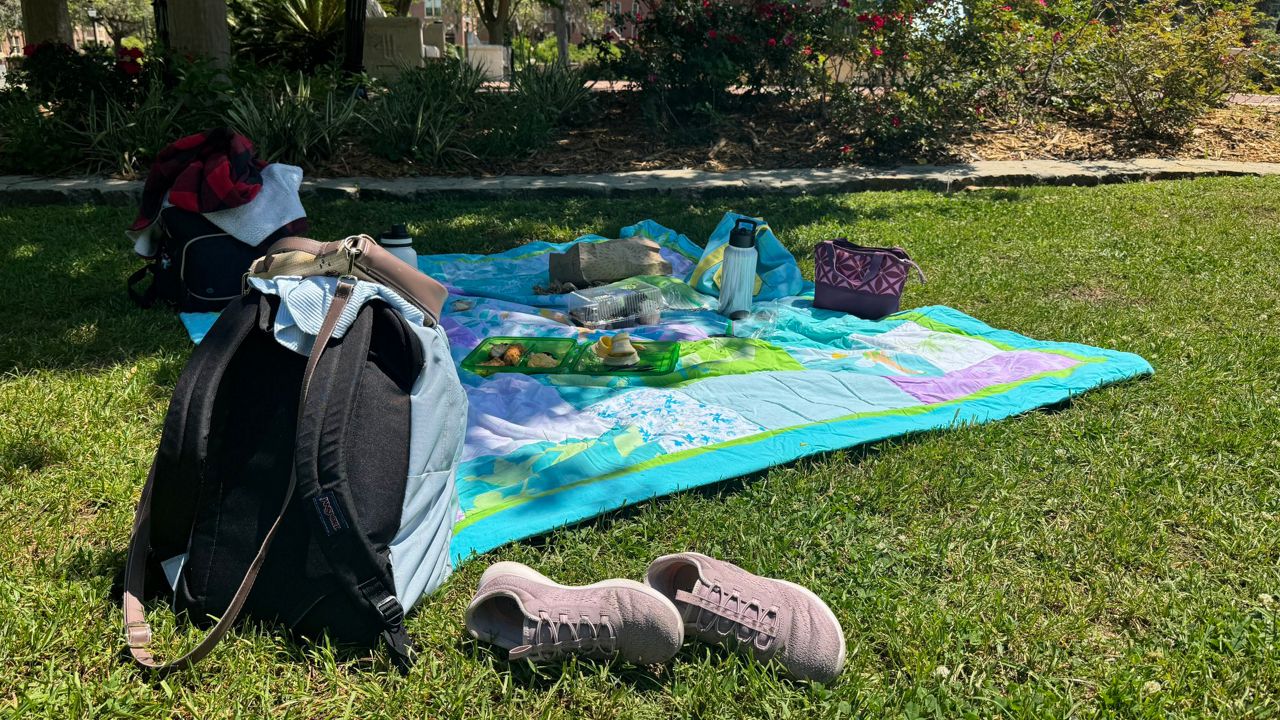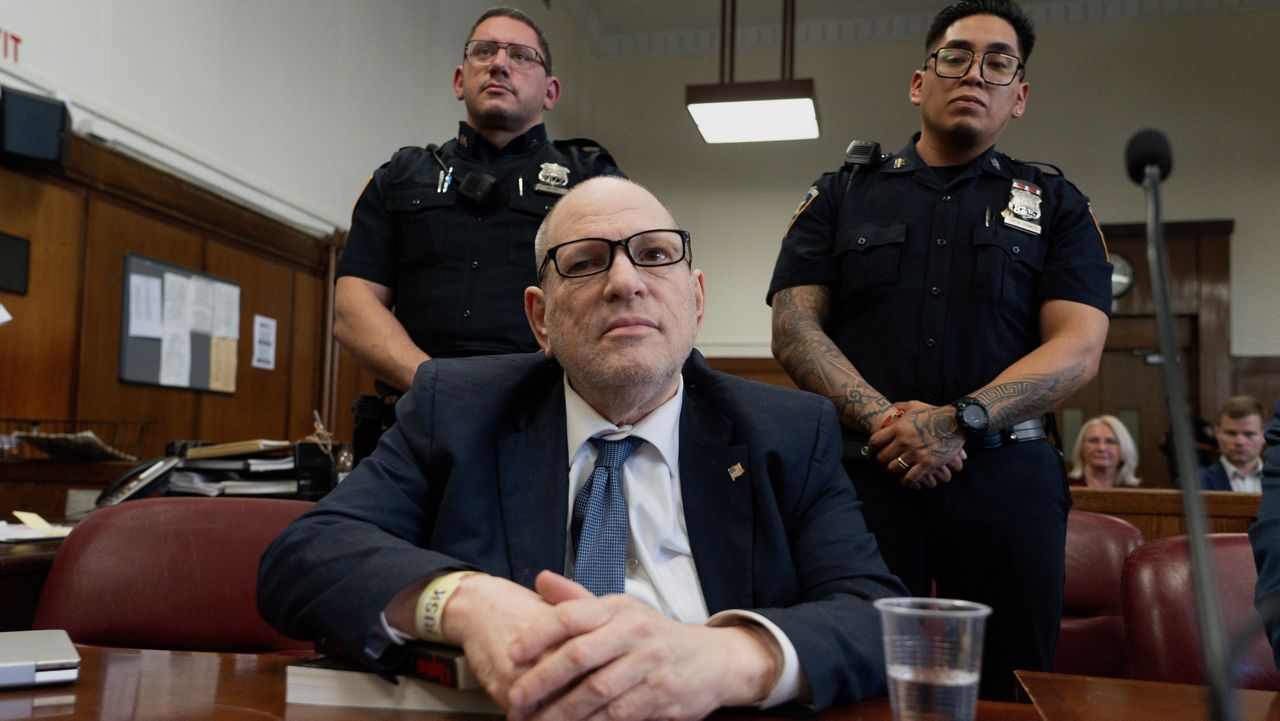DEATH VALLEY, Calif. — In August, remnants of Hurricane Hilary passed over Death Valley National Park, the driest place in North America, and dropped a year's worth of rain in a single day.
Much of the stormwater collected in Badwater Basin, a nearly 200-square-mile landscape of salt flats and the lowest point in North America, forming a temporary lake. However, the rains also caused extensive damage to roadways, forcing Death Valley to close for eight weeks, the longest closure in the park's history.
In October, the park partially reopened, welcoming visitors back with an opportunity to witness the rare and fleeting xerically aquatic phenomenon.

Every year, more than 1 million tourists visit Death Valley, the hottest place on Earth in the summer. Visitors often explore picturesque desert staples like the Mesquite Flat Sand Dunes or the labyrinthine canyon systems tucked away in cliff faces, but now, folks like Jean Castro are being greeted by a rather uncommon site: a lake in the desert.
"This is the first time I’ve seen anything like this. Two years ago, when I came here, it was just all dry,” Castro said.
Castro loves Death Valley. In fact, his previous experiences there inspired him to form his current band, Sunset Station. But he says seeing a submerged Badwater Basin reflecting shifting dusk-hues and distant peaks is now among his favorite memories in the park.
"Just being here, and seeing this amazing sunset, and all the colors just kind of reflecting over the water. This beats anything I’ve seen,” Castro said.
But the historic rains that filled Badwater Basin did more than just form a beautiful lake. They also wreaked havoc on Death Valley's infrastructure, causing the park to close for eight weeks. Now that the park is reopened, park rangers like Nichole Andler are excited to welcome visitors back — but say much more repair work is still needed.
"Technically, when you look at a map, only about 10% of the park is actually open. Some things are still closed because the amount of damage that we received was more than we’ve ever seen before,” Andler said.
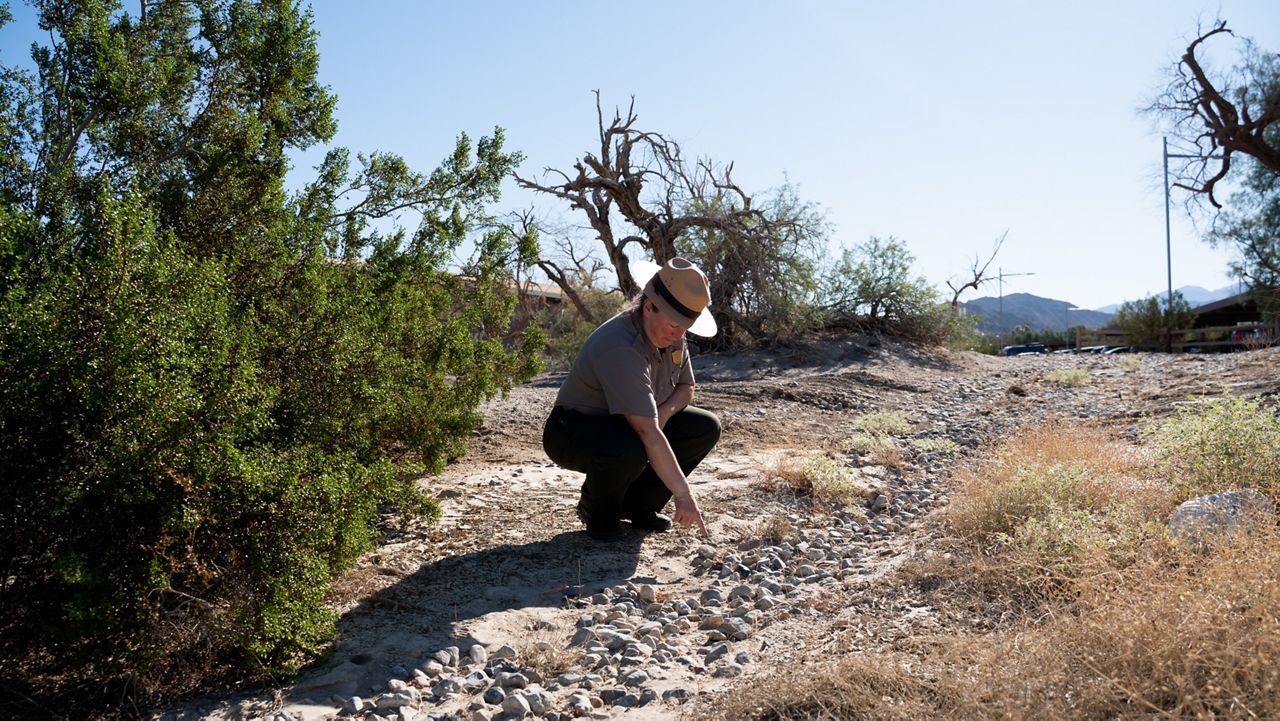
Even still, Andler says a trip out to Death Valley is worth it, especially now, because in addition to creating a temporary lake, the historic rains revitalized the park’s plants. Thousands of wildflowers are now blooming, painting parts of the arid landscape with streaks of vibrant yellow, and many of the creosote bushes, which were stressed by the summer’s brutal heat, have regained their healthy green hues.
"Following Hilary, these bushes greened right up again because they were gaining some water. We even got new starts to creosote bushes,” Andler said.
The last time a similar lake formed in Badwater Basin was in 2005. Andler says nobody knows just how long the current lake will stick around and that it has already receded significantly, but she predicts folks still have months to visit the site. As for Castro, that means he has time to come back to the place whose natural beauty has already profoundly affected him.
“When we drove in and saw this place, I was like, ‘I’m home.’ I feel at home here. So, I am going to chase this feeling," Castro said.
Castro says he will never forget his most recent trip to Death Valley, and that he plans to keep on making memories there, whether it be in triple-digit temperatures or by temporary lakes in the desert.
